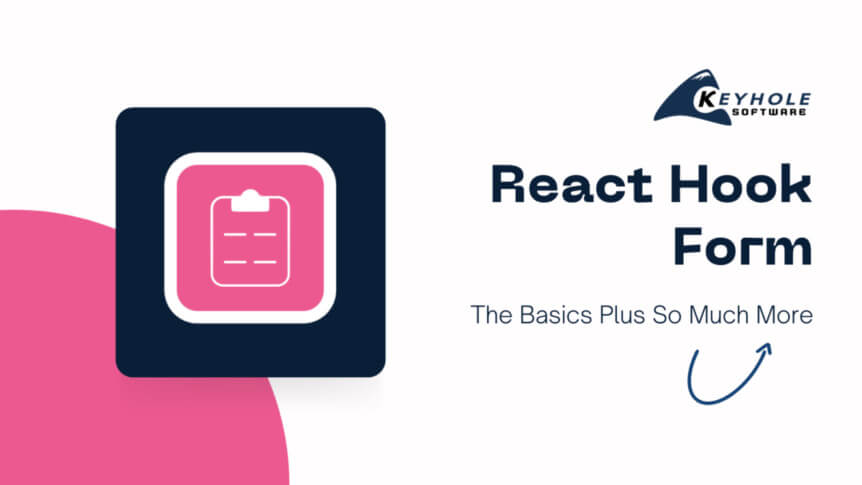Webpage navigation is something that is intrinsic to almost every website that goes past “Hello World.” In this blog, I will be exploring React-Router, a client and server-side routing library that can run anywhere React can. More specifically, I will be focusing on what changed with the new v6 version…
Building a Custom Backend and API with WordPress
You love frontend JavaScript frameworks, but your client wants a WordPress website… Don’t worry, you can do both! Let’s build a custom backend and API with WordPress!
WordPress provides an out-of-the-box CMS solution that can be customized very easily to fit many different types of projects. You’re not just stuck with blog posts and web pages, either.
In this post, I’m going to show you how you can use a very popular plugin called Advanced Custom Fields (ACF) plus some custom code to create your own content and API endpoints for your fancy new frontend to consume while allowing your client to keep using what they love.
Kendo Grid: A Primer For First-Time Users
This is my take on working with Kendo Grid in a Vue 3 project. While I have not explored the grid functionality to the nth degree, these are some things I like about the grid, some difficulties I had implementing it, and some workarounds and quirks I have discovered. Specifically, I will be referring to the Vue implementation of Kendo Grid and the Native Components. This is not to be confused with the Kendo UI for Vue Wrappers.
Kendo Grid is a very robust tool for displaying data in table format. Out-of-the-box features include sorting, filtering, and pagination. Simply defining the column schema with a few config options will have the grid set up quickly. A few features that require more coding and configuration are column collapsing, adding a toolbar, displaying aggregated fields, using custom cell components, implementing column groups, and exporting grid data to a file.
Let’s get started!
React Hook Form
In this blog, we will explore React Hook Form, an extremely lightweight and effective form building library using React. This open-source, third-party library has no dependencies and can be integrated with most existing forms or libraries. It provides the ability to subscribe to individual components, limiting the frequency of re-renders and making it more efficient.
Below, we will learn some of the basic usages of React Hook Form, some more in-depth features, and then look at an example form integrated with an existing UI library.
Updating Microservices with Netty 5, Kafka 3, and React: Whirlpool Revisited
Back in 2015 and 2016, I wrote two blogs that went step by step to develop a microservice/Netty architecture with fully working code called Whirlpool.
A lot has changed in the years since, so recently I decided to come back to the project, update it with the latest versions of Kafka and Netty, and add a React UI to it (rather than the vanilla JavaScript version it used before). In addition, I also added Windows Subsystem for Linux (WSL) scripts in addition to the Mac and Linux scripts that were there before and made all of the scripts more robust.
This blog will be about the work that went into all of those updates, plus a look at the new React UI. This provides an excellent view into what it takes to update an outdated microservices application implemented with Kafka (version .9 –>3.0) and Netty (4.1.3->5.0.0-alpha2), bringing all versions up to date and adding a React UI. By the end you’ll be familiar with the latest versions of these frameworks, know some “gotchas” to avoid, as well as understand how to integrate WebSockets into React.










